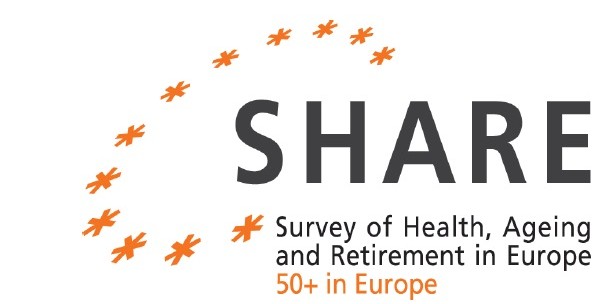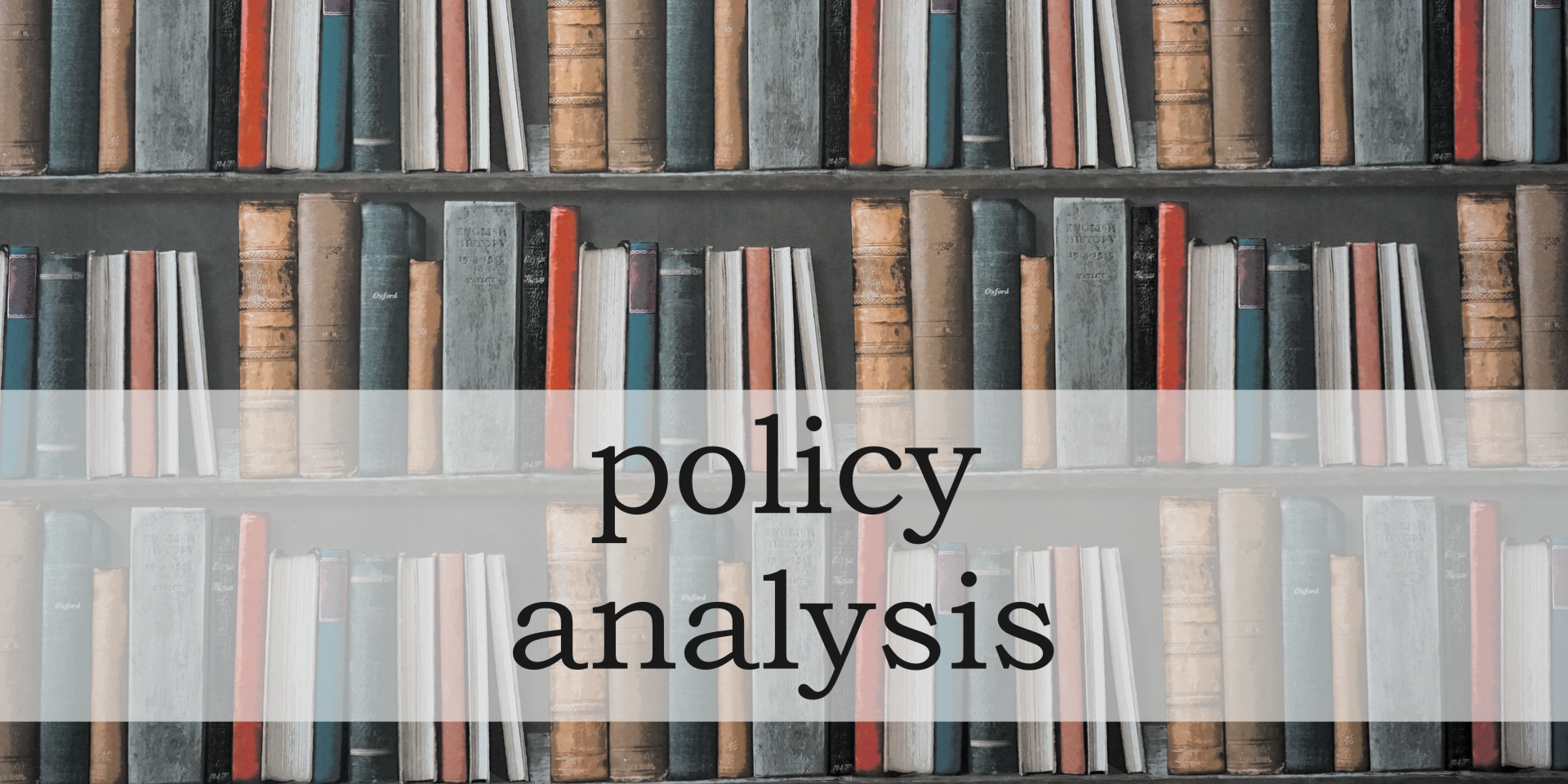Author: webadmin
Projects realized in cooperation within the FREE Network

CenEA plays a coordinating role in the FREE Network wide project on the scope and consequences of gender inequalities in the region of Central and Eastern Europe.
Financed by the the Swedish International Development Cooperation Agency, Sida.
Project subcontracted from SITE with funding from the Swedish International Development Cooperation Agency, Sida.
Projects related to the realization of the SHARE survey

Between 2009 and 2017 CenEA was the Polish partner in the international consortium (SHARE-ERIC) responsible for the development of the Survey of Health, Ageing and Retirement in Europe (SHARE). Michal Myck, CenEA’s Director, was the Polish country team leader for SHARE between 2005-2017, and supervised the data collection in Poland in waves 2, 3, 4, 6 and 7. Monika Oczkowska has been the Polish SHARE country team operator since joining CenEA in 2012 (since January 2018 through cooperation with the Warsaw School of Economics which has taken over the coordination of the SHARE project in Poland).
The development of SHARE has been funded through various sources. In its role as the partner in the SHARE consortium CenEA has realized the following projects:
Support in the realisation of panel data surveys of individuals aged 50+ in the international project Survey of Health, Ageing and Retirement in Europe (SHARE)
Duration: March 2016 – December 2017.
Project co-funded from the European Social Fund (POWER), implemented in partnership with the Ministry of Family, Labour and Social Policy and within international scientific cooperation of the SHARE-ERIC consortium.
SHARE – Complementary Blood Collection
Duration: October 2014 – April 2016
In cooperation with the Munich Center for the Economics of Aging (MEA) and the Jagiellonian University CenEA participated in a pilot study of complementing the SHARE interview data with biomarkers.
Conducted under agreement with MEA with funding provided by the Natioanl Institute on Aging.
SHARE Data Collection in Wave 6
Duration: October 2014 – December 2015
Conducted under agreement with the Ministry of Labour and Social Policy with funding provided by the European Social Fund.
SHARE: Multinational Advancement of Research Infrastructures on Ageing
Duration: January 2011 – December 2014
CenEA was the leader of the Work Package of this FP7 project aiming at development of multidimensional exclusion measures for the 50+ population.
Projects related to development of the EUROMOD microsimulation model

Projects realized in partnership with the Institute for Socio-Economic Research (ISER), University of Essex focused on development of the Polish module of the EUROMOD microsimulation model. In these projects the development of the EUROMOD model has been financially supported by the European Commission.
CenEA has been cooperating with the ISER team on the development of the European microsimulation model through participation in a number of projects realized in:
EUROMOD 2019: update of the Polish module of EUROMOD to 2017 EU-SILC data and 2019 tax and benefit system
EUROMOD 2018: update of the Polish module of EUROMOD to 2016 EU-SILC data and 2018 tax and benefit system
EUROMOD 2017: update of the Polish module of EUROMOD to 2015 EU-SILC data and 2017 tax and benefit system
EUROMOD 2017: update of the Polish module of EUROMOD to 2014 EU-SILC data and 2016 tax and benefit system
EUROMOD 2017: update of the Polish module of EUROMOD to 2013 EU-SILC data and 2015 tax and benefit system
EUROMOD 2017: update of the Polish module of EUROMOD to 2012 EU-SILC data and 2014 tax and benefit system
EUROMOD 2017: update of the Polish module of EUROMOD to 2011 EU-SILC data and 2013 tax and benefit system
EUROMOD 2017: update of the Polish module of EUROMOD to 2010 EU-SILC data and 2012 tax and benefit system
EUROMOD 2017: update of the Polish module of EUROMOD to 2009 EU-SILC data and 2011 tax and benefit system
An additional project was subcontracted with the Catholic University of Leuven:
Modelling indirect taxes in the EUROMOD model
Duration: May 2016 – September 2016
Imputation of expenditure patterns and the implied burden of VAT and excise from the Polish Household Budget Survey data to EU-SILC data with the aim of extending the EUROMOD microsimulation model to cover indirect taxes.
Lights along the frontier: convergence of economic activity in the proximity of the Polish-German border, 1992-2012

This paper studies regional economic development on the municipality-level in Poland and Germany along the Oder-Neisse border. We use high-quality satellite night-time light intensity data as an innovative, comparable and reliable measure to proxy for economic activity on both sides of the border consistently over a long period of time (1992-2012). We use descriptive heat maps as well as regression analysis to investigate two aspects: first, how far is the economic convergence across and within municipalities along the Polish-German border? Second, what effect does the distance to the border have on economic activity as measured with light emissions? Our findings suggest that – somewhat surprisingly – convergence across the border has been almost complete. Polish towns that used to be economically much weaker have caught up with German towns. Also, we show that the patterns of economic activity related to distance vary greatly for Germany and Poland.
Meetings and exchanges to support collaboration in research

Since 2012 CenEA has the privilege to organise the Keynote Lecture Series in Honour of Leonid Hurwicz. Past speakers in this series included: prof. Richard Blundell, prof. Andrew Chesher, prof. David Figlio, prof. John van Reenen, prof. James Heckman, prof. Rachel Griffith and prof. Orazio Attanasio. The Hurwicz Lecture in 2019 will be delivered by prof. Jörn-Steffen Pischke (London School of Economics and Centre for Economic Performance)
Beginning in 2014, the lectures are delivered as part of the annual Ce^2 Workshop organised jointly with the Centre for Microdata Methods and Practise (CeMMAP). This international two-day workshop focuses on microeconomic theory and applications and provides a forum for senior researchers and PhD students to present and discuss their research.
CenEA also cooperates with the Faculty of Economic Sciences at the University of Warsaw in the organisation of the Warsaw International Economic Meeting (WIEM), which usually follows the Ce^2 Workshop and opens with the Hurwicz Lecture.
On top of this we organise other academic conferences and workshops and actively promote our research through participation in the FREE Network events and other national and international conferences.
Data analysis to support effective evidence-based public policy

We apply the latest academic methods and tools to improve the understanding of consequences of different policy decisions and disseminate our findings broadly through the press and media.
Using our microsimulation model SIMPL, CenEA regularly publishes reports and commentaries on the implications of introduced or hypothetical tax and benefits reforms. These reports include our tax and benefit pre-election analysis, published prior to parliamentary elections in Poland and covering the evaluation of the consequences of different political party manifestos. We are also active in the development of the international microsimulation model EUROMOD and in the dissemination of research conducted using EUROMOD.
Taking advantage of data on population ageing from the Survey of Health, Ageing and Retirement in Europe (SHARE) we have published reports on the implications of demographic dynamics in Poland and other countries with regard to health developments, long-term care, poverty and labour market activity.
For policy-related online publications by CenEA researchers please consult:
- Policy briefs/papers (in English)
- Komentarze CenEA (CenEA Commentaries in Polish)
- Other publications (in either English or Polish): working papers, research notes, microsimulation reports
Academic rigour to improve our understanding of social phenomena

We apply the highest academic standards to address the most important questions in the area of socio-economic development. Results of our work have been published in international academic journals including: American Economic Journal – Economic Policy, Social Science and Medicine, Labour Economics, Economics of Transition, Journal of Health and Ageing, Review of Economics of the Household, and many others.
CenEA has been involved in international research projects including the Survey of Health, Ageing and Retirement in Europe (SHARE) and the European tax and benefit microsimulation model EUROMOD, and we regularly conduct research funded by the Polish National Science Centre (NCN).
CenEA is a member of the Forum for Research on Eastern Europe and Emerging Economies (FREE Network) and cooperates with a wide network of international researchers. Our research is widely disseminated on a national and international scale.
Here you can find a list of selected journal articles by CenEA researchers.
News: 2019 edition of the (Ce)2 Workshop and Hurwicz Lecture

The sixth edition of the (Ce)2 workshop organised by CenEA in cooperation with CeMMAP will take place in Warsaw on 1-2 July 2019. Prof. Jörn-Steffen Pischke will give the 2019 Hurwicz Lecture.
The submission process for the 2019 (Ce)2 workshop in microeconomic theory and applications organised by CenEA in cooperation with CeMMAP is open until 5 April 2019. Call for papers and more information on the workshop can be found here. The workshop will take place in Warsaw between 1-2 July 2019.
We are very proud to announce that the 2019 keynote address in the Lecture Series in Honour of Leonid Hurwicz will be given by prof. Jörn-Steffen Pischke (London School of Economics and Centre for Economic Performance). For more information on previous addresses see the Hurwicz Lecture Series page.
As in preceding years the keynote lecture will overlap with the 2019 edition of the Warsaw International Economic Meeting (WIEM).
Pakiet podatkowo-świadczeniowych rozwiązań rządu Zjednoczonej Prawicy

Jeśli zgodnie z planem rządu od lipca 2019 r. w życie wejdzie upowszechnienie świadczenia wychowawczego 500+, to reformy podatkowo-świadczeniowe skierowane do rodzin z dziećmi wprowadzone w obecnej kadencji Sejmu zwiększą zakres finansowego wsparcia rodzin o 39,6 mld zł rocznie. Wsparcie rodzin z dziećmi to najistotniejszy element pakietu rozwiązań podatkowoświadczeniowych analizowanego w najnowszym Raporcie Centrum Analiz Ekonomicznych CenEA, z którego wynika, że po uwzględnieniu wszystkich długoterminowych rozwiązań przyjętych podczas VIII kadencji Sejmu gospodarstwa domowe zyskują 32,7 mld zł rocznie.
Szczegóły analiz można znaleźć również w Informacji prasowej Finansowe wsparcie rodzin z dziećmi wyższe o 40 mld zł rocznie po VIII kadencji Sejmu.
Fundacja CenEA
dr hab. Michał Myck
mmyck@cenea.org.pl tel. +48 91 831 40 29
Policy in the Pipeline: Identifying Regional Public Investment Priorities Using a Natural Experiment

We identify regional public investment priorities by studying the development of the water pipe system in the largest district in Poland. For this purpose, we take advantage of a major administrative reform, implemented on 1 January 1999, which substantially changed the structure of Polish local government and reduced the number of top-tier administrative regions from 49 to 16. We treat the reform as a natural experiment, and apply the difference-in-differences approach to study developments along the boundary of the new Mazovian voivodeship. We find strong and positive implications for the development of the water pipe system in municipalities within the Mazovian voivodeship compared with those just outside its boundaries. The overall post-reform difference in the length of the total water pipe network is 25% and the difference in the per-capita length of the network is 30%. Local public investment priorities at the voivodeship level, potentially related to effective use of EU funds, are the most likely determinants of these differences.

